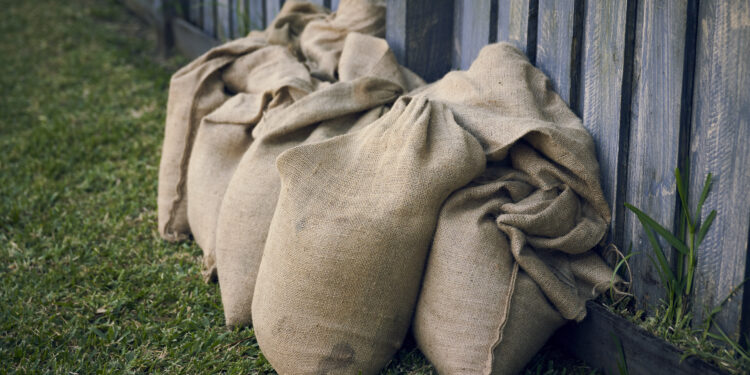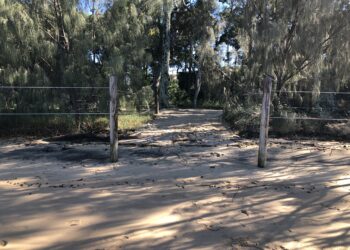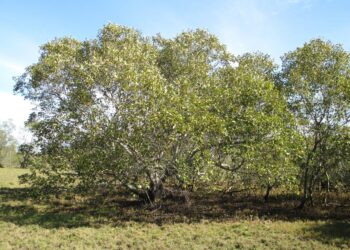In the aftermath of ex-Tropical Cyclone Alfred, managing sandbags correctly is vital for public and environmental safety.
With more than 40,000 sandbags having been distributed from local sandbag stations in a single day in the lead up to the extreme weather event, there will be many residents and business owners across Redlands Coast with sandbags to dispose of.
Full sandbags should never be placed into kerbside bins, as they are too heavy and can damage both the bins and the collection trucks.
Uncontaminated sandbags
Clean, empty sandbags that are in good condition can be stored for future use if dried out completely and kept in a cool, dry place to help prevent degradation. Wet sandbags can rot.
Hessian sandbags generally last up to 12 months from first use, with sandbags made of plastic or polypropylene lasting even longer.
If you are unable to store your sandbags, and they have been in contact with only rain or other clean rainwater runoff, consider spreading sand on lawns and gardens in places where it won’t wash into stormwater drains.
Please be mindful of where you do this as some sandbags may have higher levels of salt or contain small rocks and pebbles. Consider topping up the kids’ sandpits, levelling pavers or using sand for other common purposes. Empty sandbags can be disposed of in kerbside bins.
Due to the vast quantity of waste currently being managed at the city’s Recycling and Waste Centres, Council asks that, where possible, people store uncontaminated sandbags for future use.
Please do not take uncontaminated sandbags to Recycling and Waste Centres.
Contaminated sandbags
Sandbags that have been in contact with floodwater or sewerage overflow are no longer usable.
Hazardous materials such as chemicals, oils or sewage are often present in floodwaters and these sandbags must be disposed of properly at Recycling and Waste Centres, when visitation numbers reduce, to protect both public health and the environment.
For personal safety, it is important to wear sturdy gloves when handling wet sandbags, and do not leave them lying around or scatter the sand on lawns, gardens, parks, or beaches.









